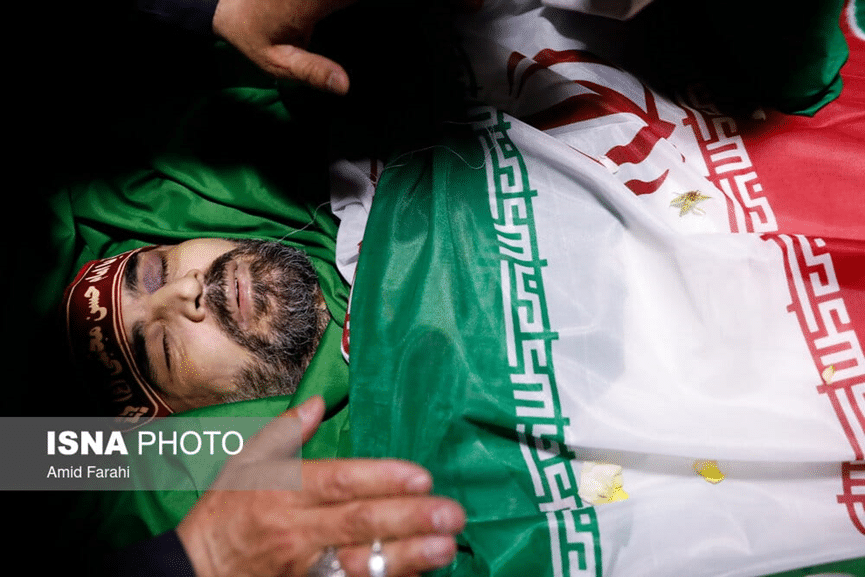On May 22, at noon (around 1600 Tehran time), Hassan Sayyad Khodaei was gunned down by unknown assassins. Khodaei served as a senior officer in the Quds Force of the Iranian Revolutionary Guards. At the time of the assassination, Khodaei was in his car near his home in an alley, which connects to the central street of Majdan al-Islam in eastern Tehran. The assassination took place a few hundred meters from the Iranian parliament building. Due to the nature of the neighborhood in which the assassination occurred, it has relatively increased security.
Based on various testimonies and reports, five bullets struck Khodaei, causing his death. Two assassins on a motorcycle made contact with Khodaei, while apparently, another car with an unknown number of people blocked access to the site at the time of the assassination.
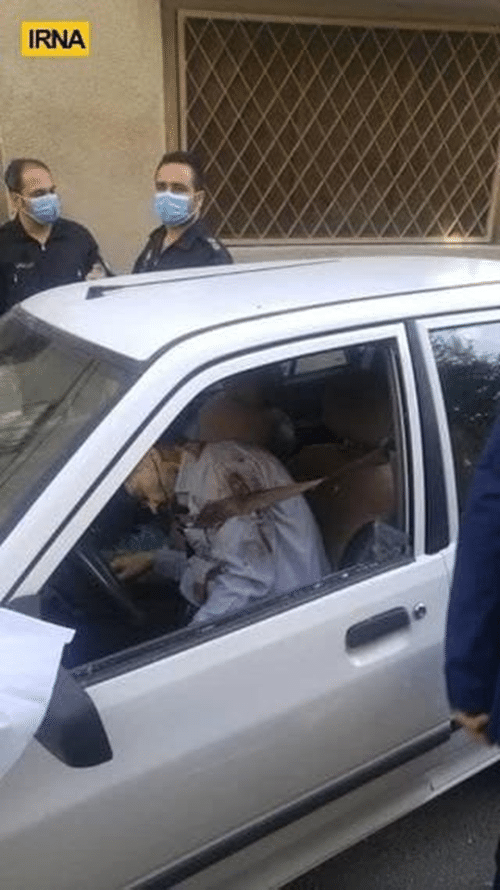
Over the past decade, there have been several notable assassinations on Iranian soil in general and in Tehran in particular, slayings similar to the current assassination of Khodaei. Among the most notable assassinations (between 2010 and 2012) were the eliminations of several Iranian nuclear scientists, the assassination of Abu Muhammad al-Masri, the number two leader of al-Qaeda who lived in Tehran (August 2020), and the elimination of Mohsen Fakhrizadeh, director of Iran’s military nuclear program (Nov. 2020).
Khodaei, born in 1972, is originally from the city of Mianeh in the eastern province of Azerbaijan in northwestern Iran, about 200 km west of the Caspian Sea coast. Khodaei enlisted in the Revolutionary Guards at the age of 15 at the end of the Iran-Iraq War (the 1980s), advancing through the ranks. According to the first reports following the assassination, Khodaei held the rank of Colonel. However, according to official Iranian reports, it is claimed that Khodaei was a Brigadier General (“Amid” / “Sardar”).
Immediately after the assassination, photo # 1 was published, allegedly showing Khodaei in uniform, bearing the rank of Brigadier General. We also posted this photo.
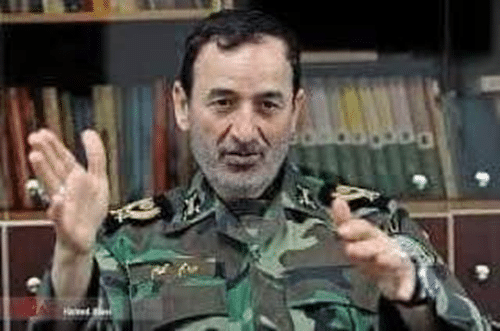
However, after further and more in-depth examination, it turned out that it was a photo of Brig. Gen. Ibrahim Glapham and not Khodaei (see below link):
https://www.mashreghnews.ir/photo/1124522/
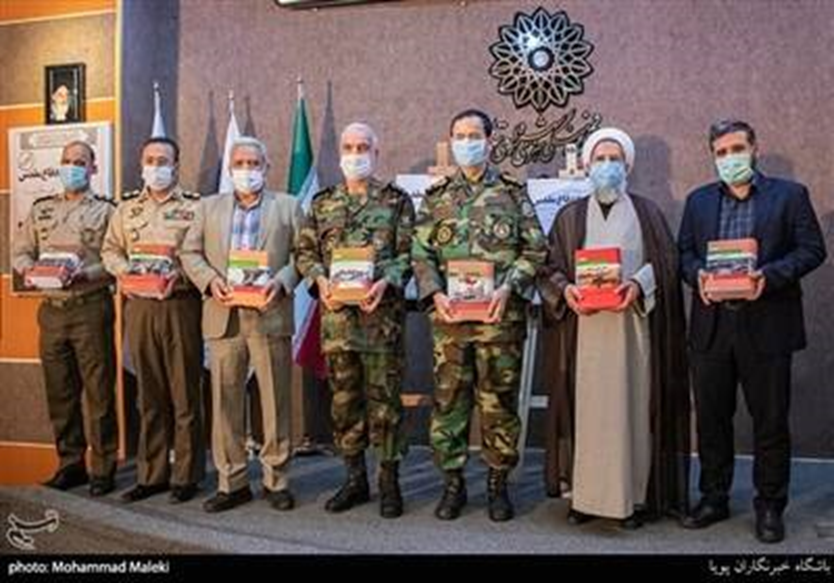
After a few hours, photo #2 of Khodaei was released. The picture was published by the official Iranian Fars news agency, and it turned out to be a verified picture of Khodaei:
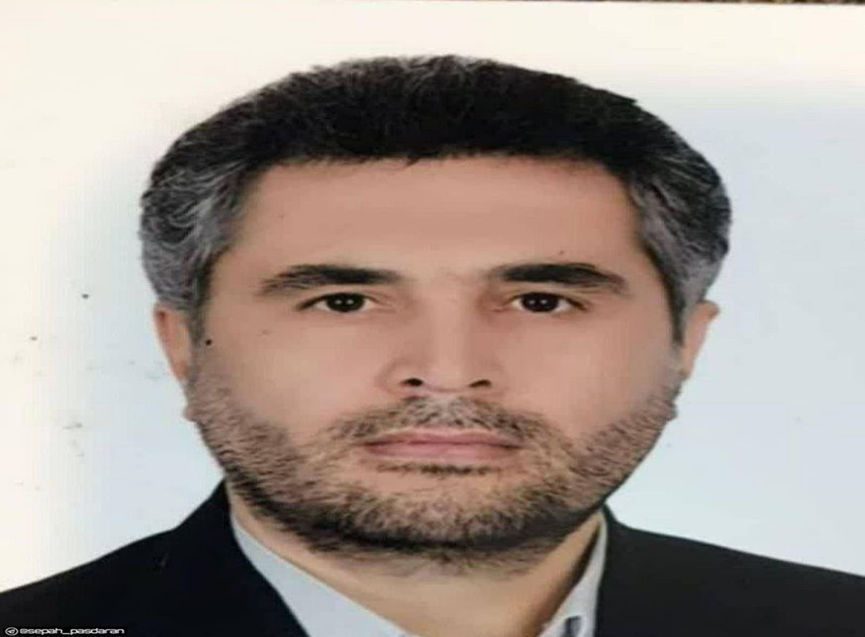
According to the main assessment, Khodaei served as a senior official in unit 840 of the Quds Force (some reports define him as deputy commander of the unit) in the Revolutionary Guards, responsible for recently planning and attempting to carry out terrorist activities against Israeli and Jewish targets (diplomats/businessmen and institutions) in Cyprus, Colombia, Senegal, Tanzania, and Turkey. Khodaei’s name has also been linked to the attack on an Israeli diplomat in India in February 2012. In this attack, two Iranian citizens on a motorcycle pinned an IED to the diplomat’s car. The IED exploded, seriously injuring the diplomat’s wife.
Unit 840 is an operational-covert unit whose main objective is to plan and form terrorist infrastructures outside Iran against Western targets and Iranian opposition groups. A few months ago, an operative of unit 840 of the Quds Force was arrested by a Mossad operational squad on Iranian soil on charges of leading an operation to assassinate an Israeli diplomat in Turkey, an American general, and a French journalist. The operative, 52-year-old Mansour Rasouli, was arrested and questioned, and his admission was filmed. In a video released after the incident, Rasouli denied wrongdoing. His investigation was apparently conducted inside a moving vehicle. Rasouli likely operated under Khodaei’s command.
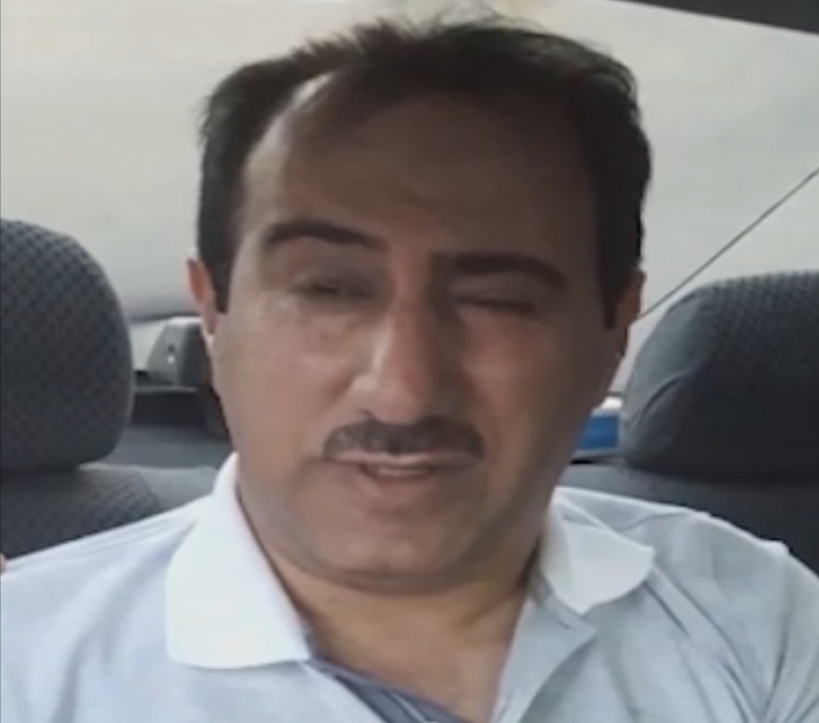
Unit 840 also operated from southern Syria directly against Israel. On August 03, 2020, and November 17, 2020, local activists operated by unit 840 planted IEDs against IDF forces near the border fence with Israel. The explosives were identified and neutralized, and one of the operatives was eliminated.
Additional assessments linked Khodaei to Hezbollah’s advanced conventional weapons smuggling operations and even the Iranian UAV structure. It is said that Khodaei served in the Revolutionary Guards on Syrian soil and was close to Qassem Soleimani, former commander of the Quds Force. According to reports from several official Iranian websites, Khodaei has long since returned from a mission in Syria. He spent most of his final years on military missions, including in the al-Kamal area of eastern Syria and Iraq. According to the precise definition of his role, he was engaged in the transfer of missile technology to Hezbollah and weapons to Syria and the Palestinian factions. He played a central role in Iran’s military industry, emphasizing the UAV industry, and was one of Qassem Soleimani’s personal assistants.
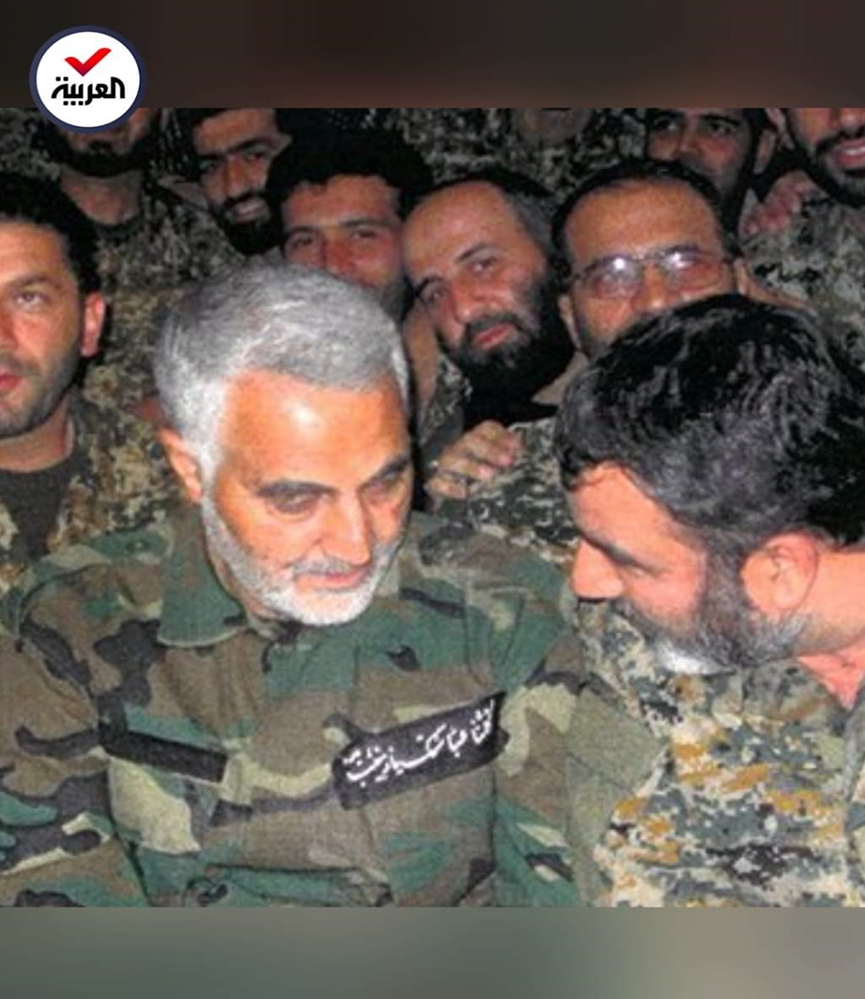
Iranian President Raisi announced that revenge for the assassination of Khodaei was inevitable. The commander of the Revolutionary Guards also promised revenge. A senior Iranian official (whose identity is unknown) was quoted on the Al-Jazeera network as saying that the officer’s assassination in Tehran is a crossing of all red lines and will lead to fundamental changes in the equation of the conflict.
If the Iranians decide to exact their revenge, Israel appears to be the “immediate suspect” and the address for the main revenge. The options and means available to them to carry out revenge are broad in terms of the operational factor, the arena, and the means in their possession. The Iranians can take revenge directly or through their proxy. They can exact their revenge directly against the geographical territory of the State of Israel or alternatively exact it in the form of attacks on various Israeli or Jewish interests/institutions around the world. The broad means available to the Iranians (UAVs/ground-to-ground missiles/terrorist cells, etc.) allows them operational flexibility.
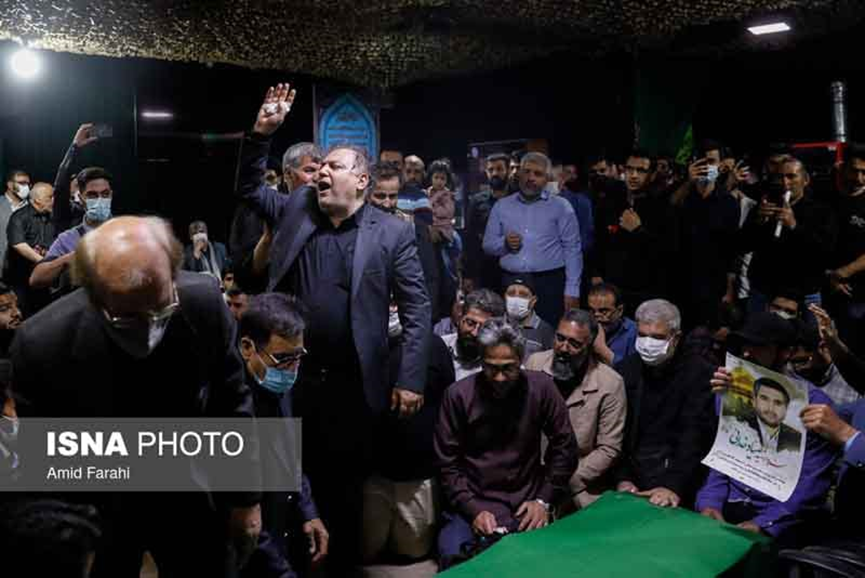
Clearly, Khodaei served as a key figure in the Qods Force. He interfered with the entity that assassinated him. The person who assassinated Khodaeiestimated that his assassination would thwart, delay, or disrupt the activities he was engaged in. Khodaeiposed a clear and present danger in terms of that entity, and his elimination was a real necessity.
Many officials operate in secret and behind the scenes in the military and intelligence world. They are unknown and are not famous (This has led to a proliferation of reports and evaluations on the variety of Khadai’s alleged roles and activities). In practice, the neutralization of these officials is sometimes a greater achievement and more valuable than the neutralization of senior and well-known officials. Khodaeiwas an operational operative who acted in secret. His assassination constitutes an operational and severe moral blow to the Iranians. Their fear that they are intelligence-wise infiltrated has increased since it has become clear that their operational and covert personnel have been identified and monitored and could even be eliminated on Iranian soil in the heart of Tehran.

